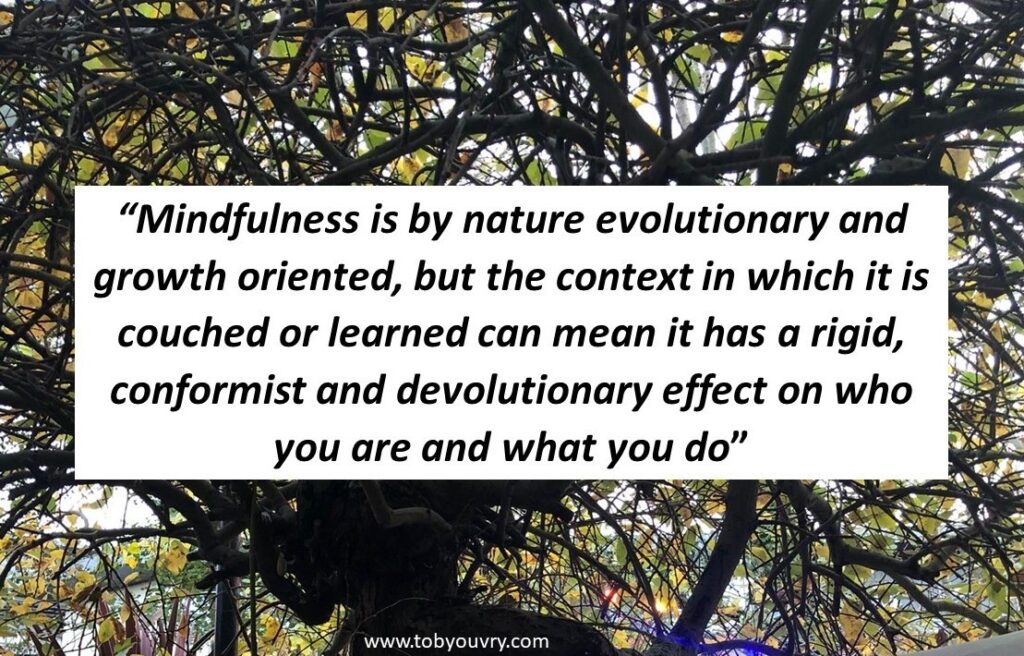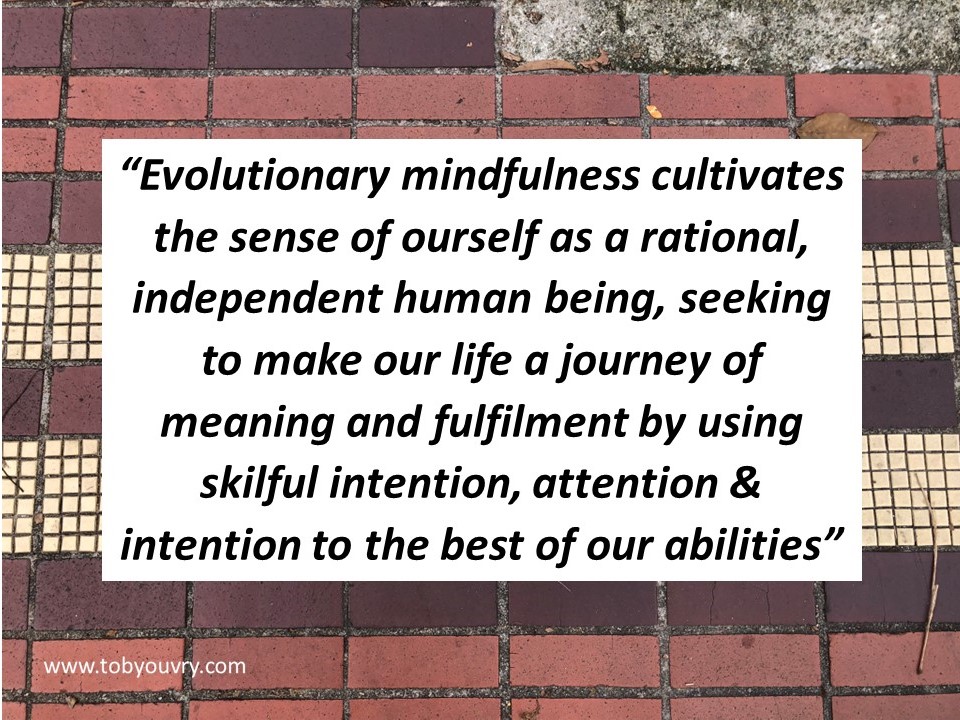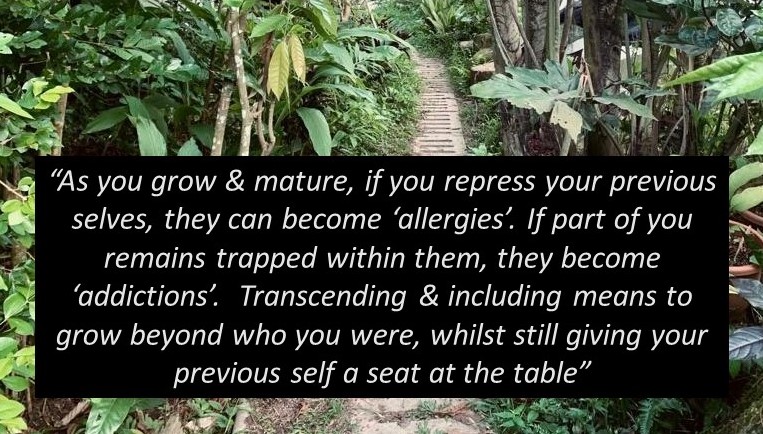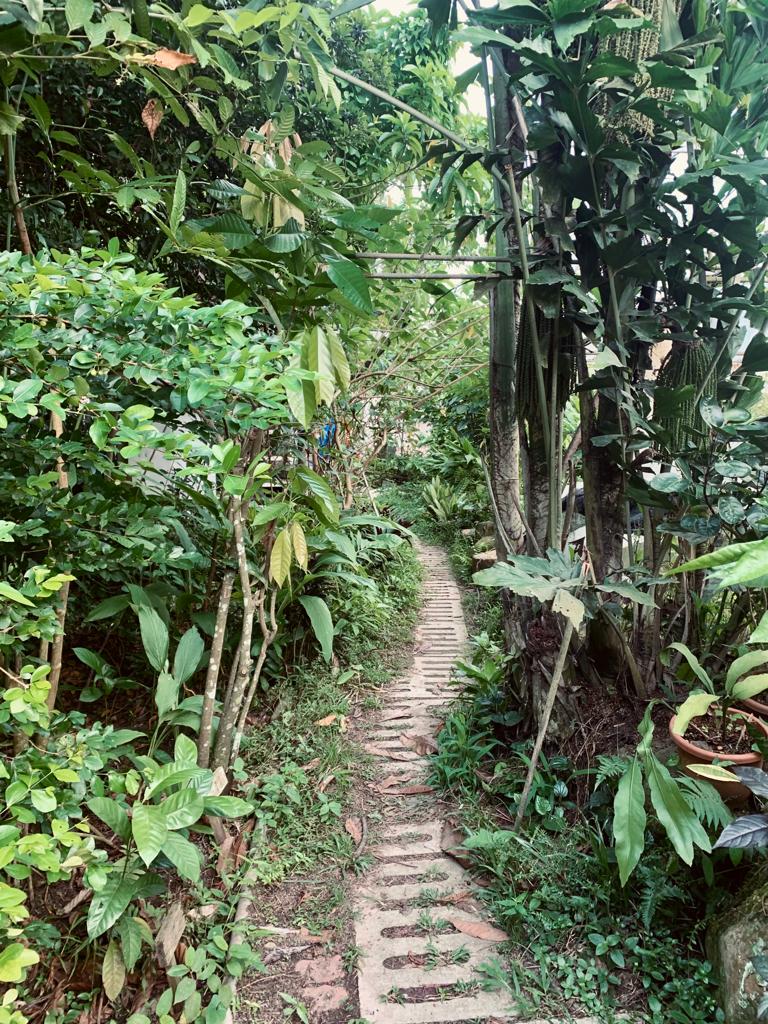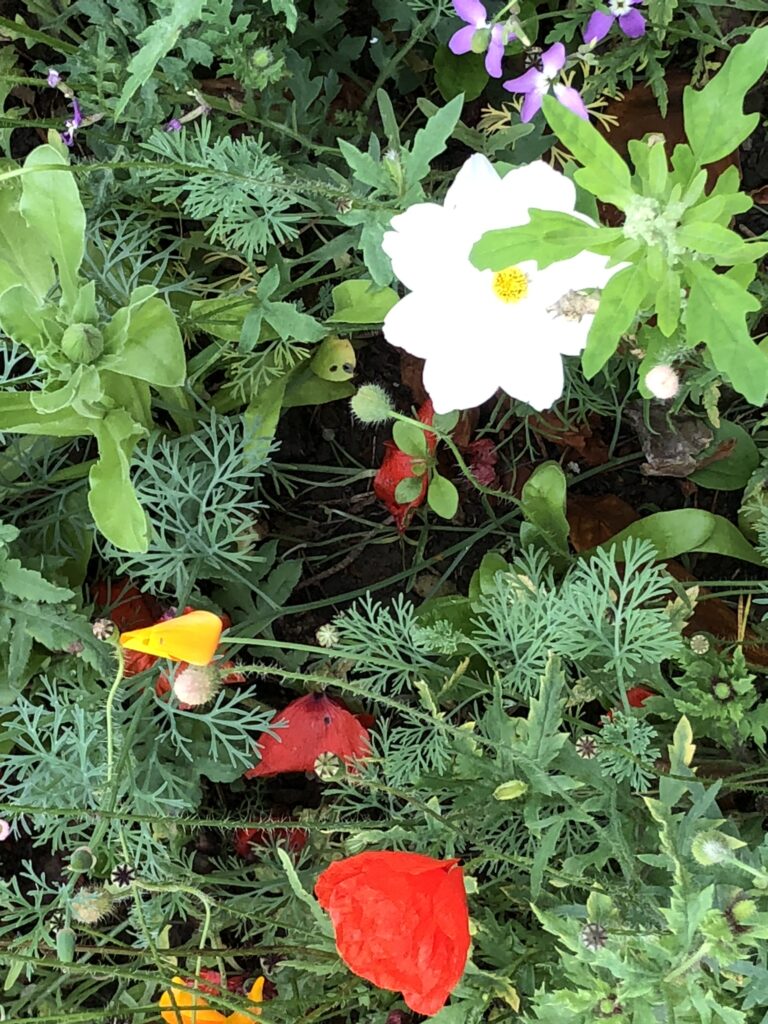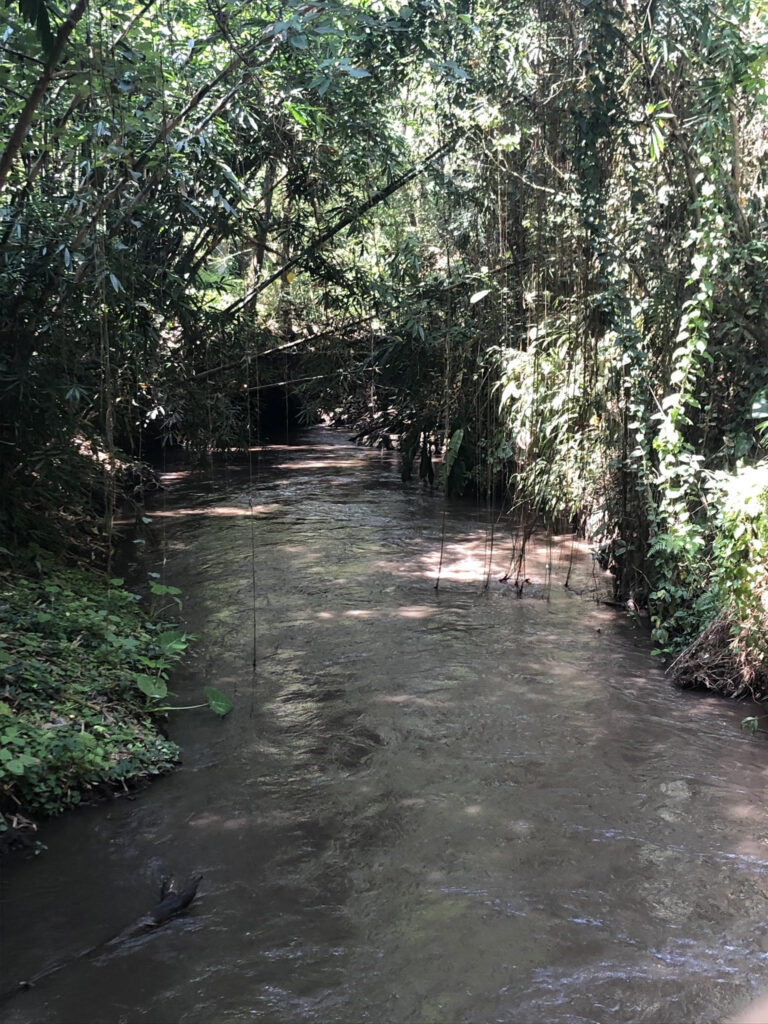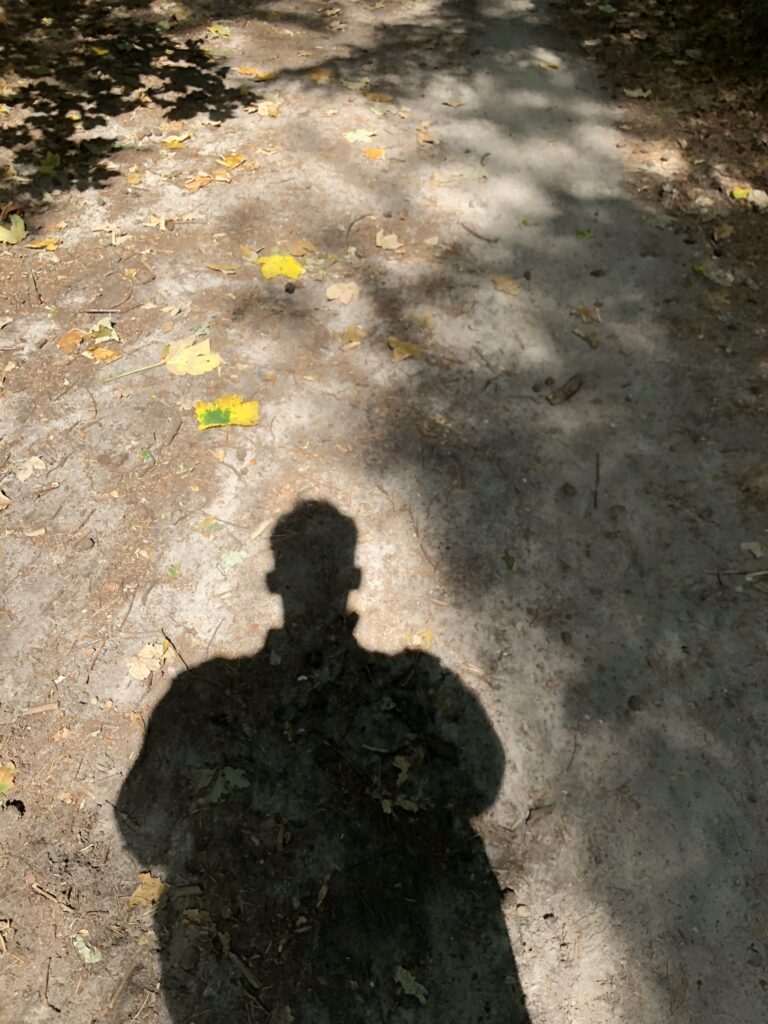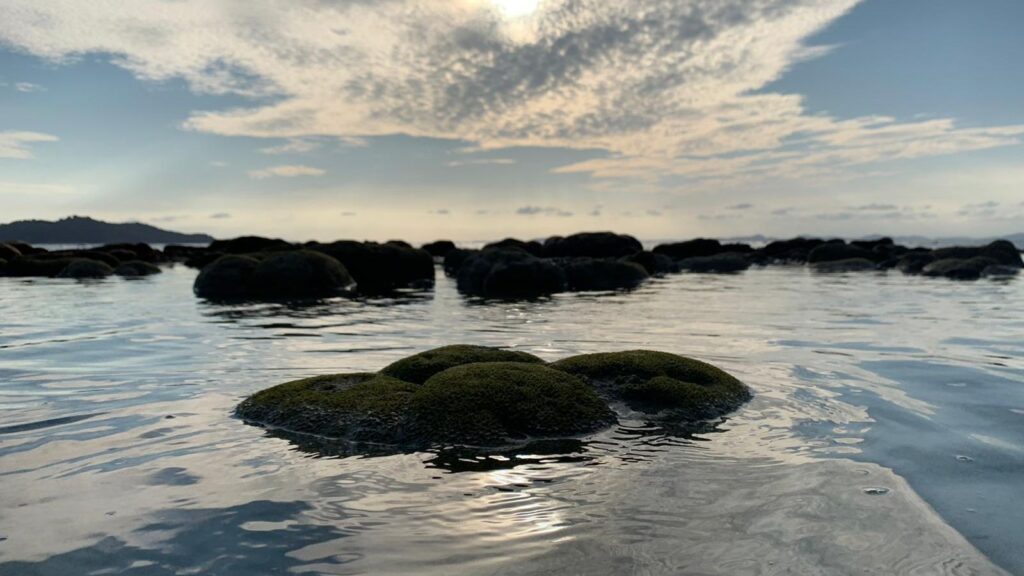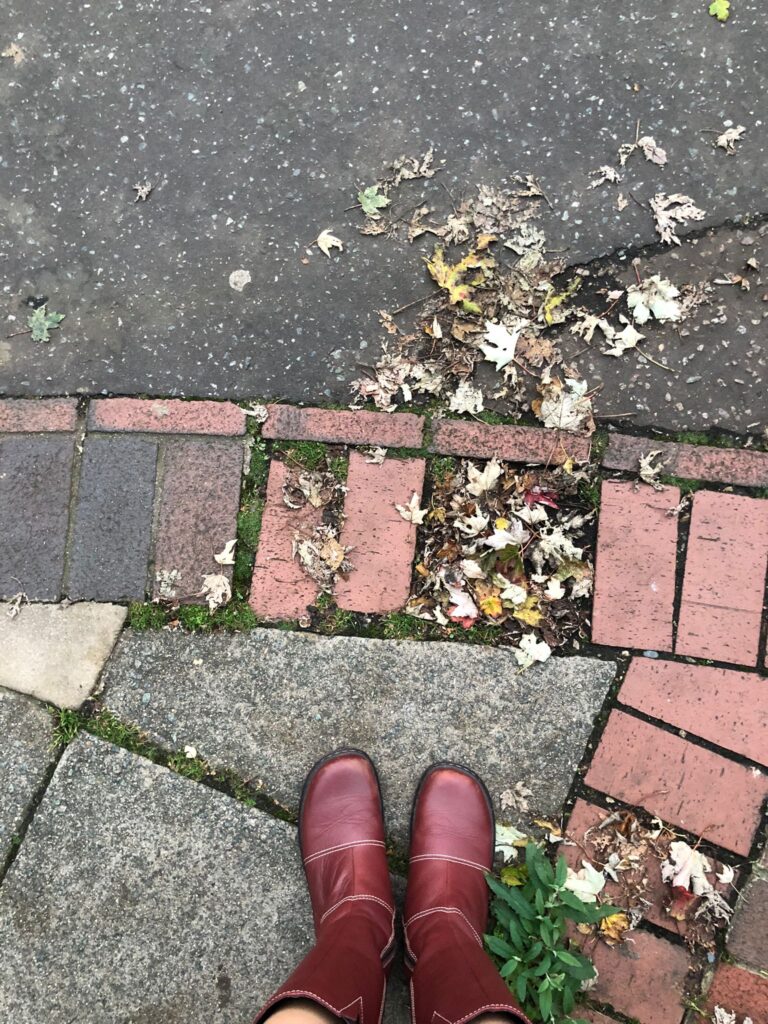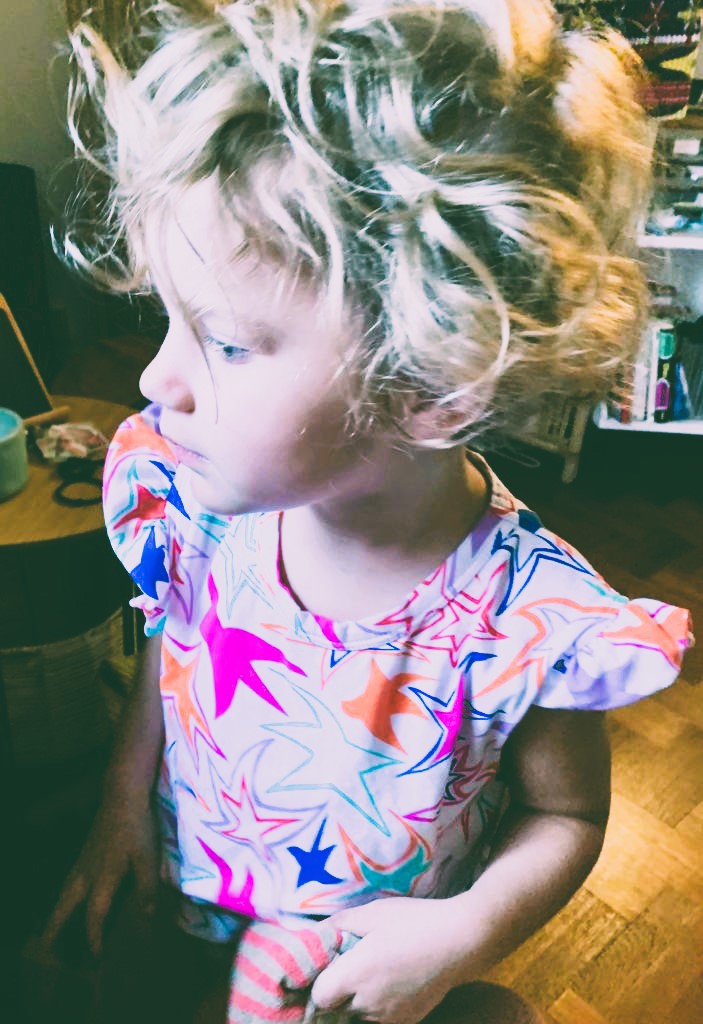“Meditation polarities are like the wings of a bird. Just like a bird needs two wings, not one to fly, to make significant progress in meditation we need these functional pairs”
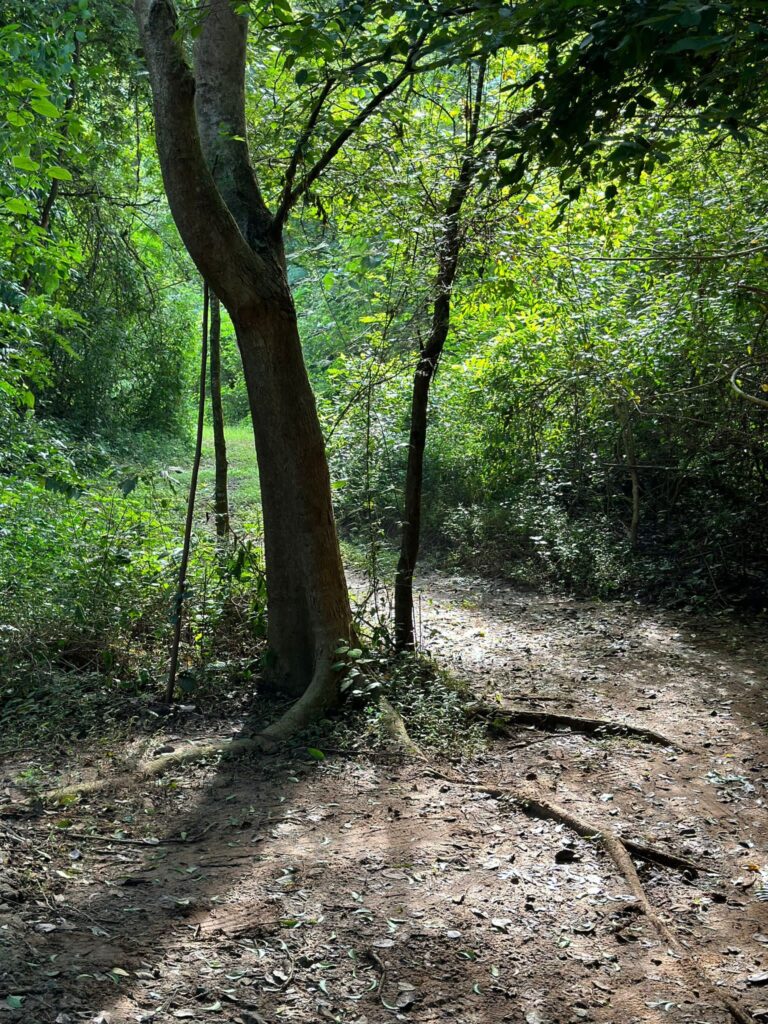
Dear Integral Meditators,
Meditation polarities are a key to good meditation technique, get them right and a lot of good things follow. If you enjoy the article, then you might consider my January course on Effortless effort, which integrates these principles.
This week’s Tues & Wednesday class are on the subject of ‘Mindfully healing sadness, guilt & anger’, all welcome, live or online.
In the spirit of wings,
Toby
Meditation wings – Five foundational meditation polarities
Here are five pairs of qualities that you build over time in meditation. Put some working experience of all of them together and you are on your way to meditation mastery. Each pair is like the wings of a bird. Just like a bird needs two wings, not one to fly, to make significant progress in meditation we need these functional pairs.
1. Not lost in thought, not asleep
This first one gives you your basic state of meditative presence, which then acts as the basis of all other levels and types of meditation. As a beginner you try and anchor your attention to an object in the present moment, and sustain awareness of it, without getting lost in thought, and without falling asleep. It is this the state of ‘presence’ which you then place all your other meditations.
2. Balancing relaxation & focus
On the level of the physical body and the everyday mind, we build the power of our mindful concentration by combining a degree of focus with a degree of relaxation. If relaxation to the point of sleep is a zero, and total effortful focus is a ten, we are trying to sustain somewhere in between a 4-6 range. This creates a ‘mindful flow state’ that we can use daily and build upon in meditation to go deeper in our formal practice.
3. Warmth & space
Once we can stabilize a degree of mindful flow, we then start to notice that our consciousness itself has two basic qualities; a natural warmth, and a sense of space. This ‘warmth’ is the basis of our natural love and compassion, which we can focus upon ourself or others, it is a bit like the sun. The ‘space’ element is like the sky, open, spacious, naturally calm. Meditating on your inner warmth and space feels both healing and gently energizing.
4. Compassion & wisdom
The natural warmth of our consciousness them becomes the basis of our love and compassion. We can meditate to expand our compassion from self-compassion, to compassion for others we know, to compassion for all humans, to all creatures universally. Correspondingly the natural space of our consciousness acts as the basis for increasing levels of objective wisdom and insight. This has both an everyday dimension, and an ‘ultimate’ dimension, meaning it provides insights into the absolute nature of reality itself.
5. Bliss & emptiness
On the deeper levels of meditation, wisdom and compassion are experienced as a primal bliss and unitive, formless emptiness. Over time these merge together to form a singularity or non-dual state. In tantric practice for example this state is cultivated explicitly to accelerate the profundity and power of our meditation to erode our egoic conditioning and accelerate our identification with our own naturally awakened nature.
So, the list above is kind of hierarchical, from basic beginners to more advanced, and the advanced levels depend upon the basic levels for their mature growth. The basic levels are integrated into the upper levels, but they also become a part of our everyday enjoyment. For example, the mindful flow of level two is a basic tool for me to use while writing this article, and the warmth and space of level three are everyday ways that I keep myself company in a balanced manner.
In case you missed last week’s article: Evolutionary or devolutionary mindfulness?
Article content © Toby Ouvry & Integral Meditation Asia 2023. you are welcome to share, but please cite the source, thanks! Contact info@tobyouvry.com
Follow Toby on: LinkedIn, YouTube, Instagram
Integral Meditation Asia
Online Courses * 1:1 Coaching * Books * Live Workshops * Corporate Mindfulness Training *Life-Coaching * Meditation Technology
